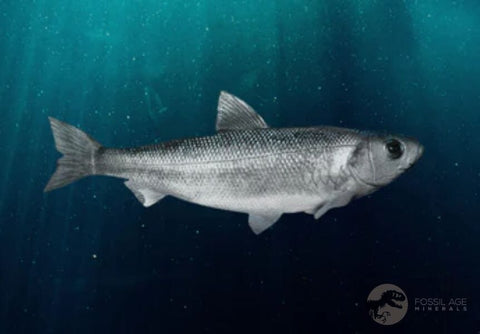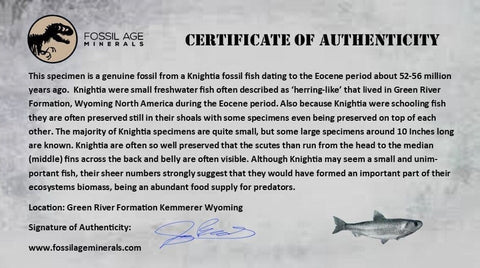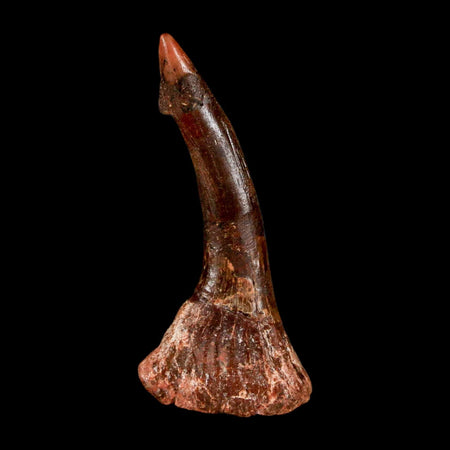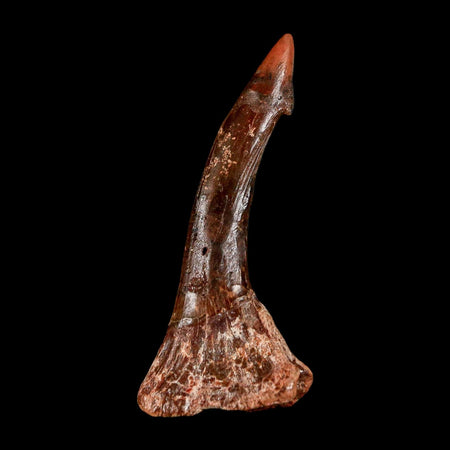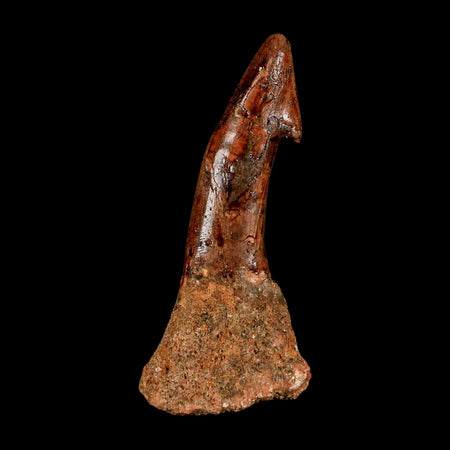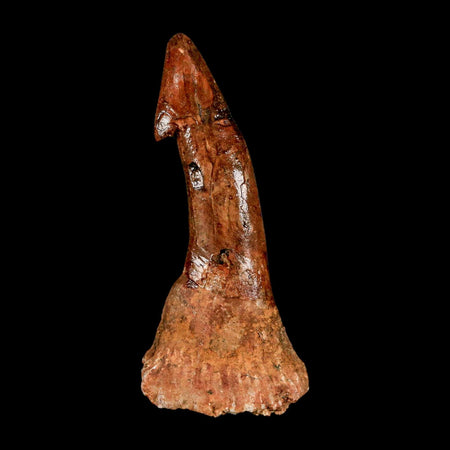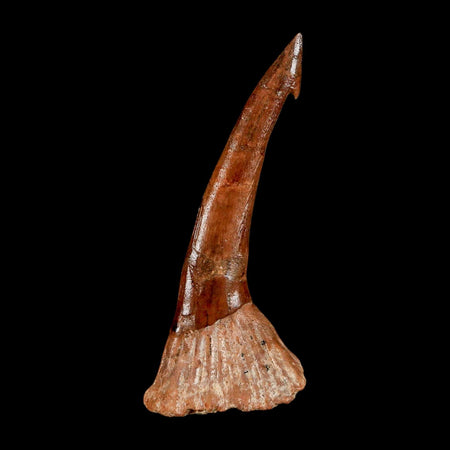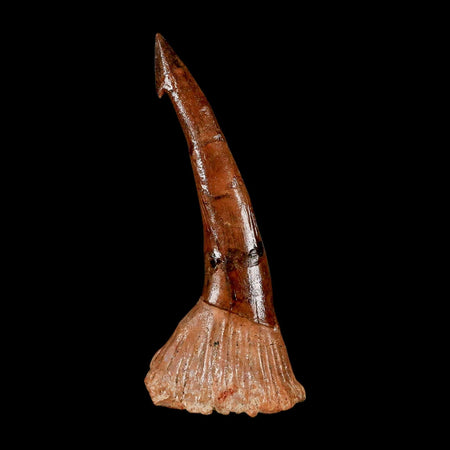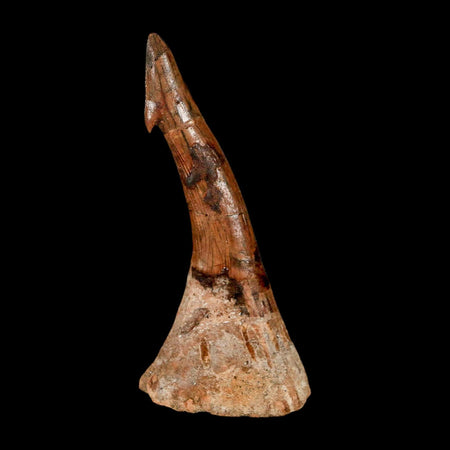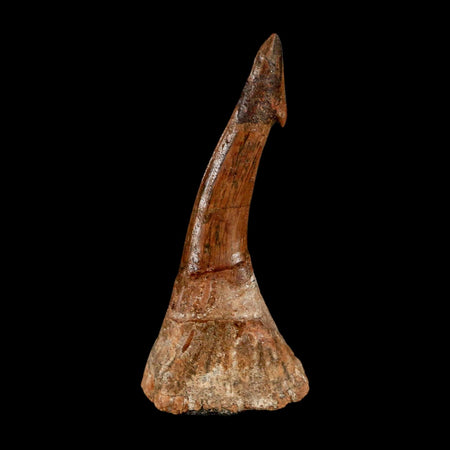3.8" Knightia Eocaena Fossil Fish Green River FM Wyoming Eocene Age COA & Stand
Location: Kemmerer, Wyoming
Weight: 12.6 Ounces
Dimensions: 6 Inches Long, 3.3 Inches Wide, 0.5 Inches Thick (Plate)
Fish Dimensions: 3.8 Inches Long, 1 Inch Wide
Comes with a Certificate of Authenticity.
Comes with a Free Stand.
The item pictured is the one you will receive.
50 million years old, Eocene age
Knightia eocaena, the most common fish from Fossil Lake, is also considered the most abundant articulated vertebrate fossil in the world. Designated as Wyoming’s State Fossil, this prehistoric fish could reach lengths of up to 25 cm (10 inches) and remains one of the most iconic fossil discoveries from the region.
Around 50 million years ago, Fossil Lake covered what is now southwest Wyoming. At its peak, the lake spanned nearly 930 square miles, though only about 500 square miles of sediment remain today. The central 230-square-mile fossil bed is especially rich, containing exceptionally fossiliferous sediments and preserved geologic features such as ancient deltas, beaches, hot springs, and nearshore rock formations. These deposits make Fossil Lake one of the world’s most significant sites for studying the Eocene freshwater ecosystem.
The unusual chemistry of the fossil lake prevented decay and scavenging of dead organisms while millimeter-thick layers of alternating limestone matter slowly accumulated. The result is laminated limestones that contain the highest concentration of fossil fish in the world. These fish, other aquatic organisms, and associated geologic features make Fossil Lake the world's best Paleogene record of the freshwater lake ecosystem.
Since their discovery in the 1870s, scientists have recovered countless perfectly preserved fossil fish from the region’s laminated limestone. Alongside these fish, an entire prehistoric aquatic ecosystem has been uncovered, including cyanobacteria, ancient plants, insects, and crustaceans such as shrimp, crawfish, and ostracods. Fossils of amphibians like frogs and primitive salamanders, as well as alligators, turtles, birds, and mammals — including the oldest known pantolestid, an otter-like animal — reveal the incredible biodiversity of this ancient lake.
The surrounding subtropical terrestrial ecosystem is also remarkably represented. Rare fossil discoveries include an early horse, snakes, lizards, two species of bats, and additional bird specimens. Other important finds include an apatemyid (a tree-dwelling insectivore), a miacod (one of the earliest carnivores), diverse insects, and more than 325 species of fossilized leaves, seeds, and flowers. Together, these discoveries provide one of the world’s most complete records of both aquatic and terrestrial life during the Eocene Epoch.







